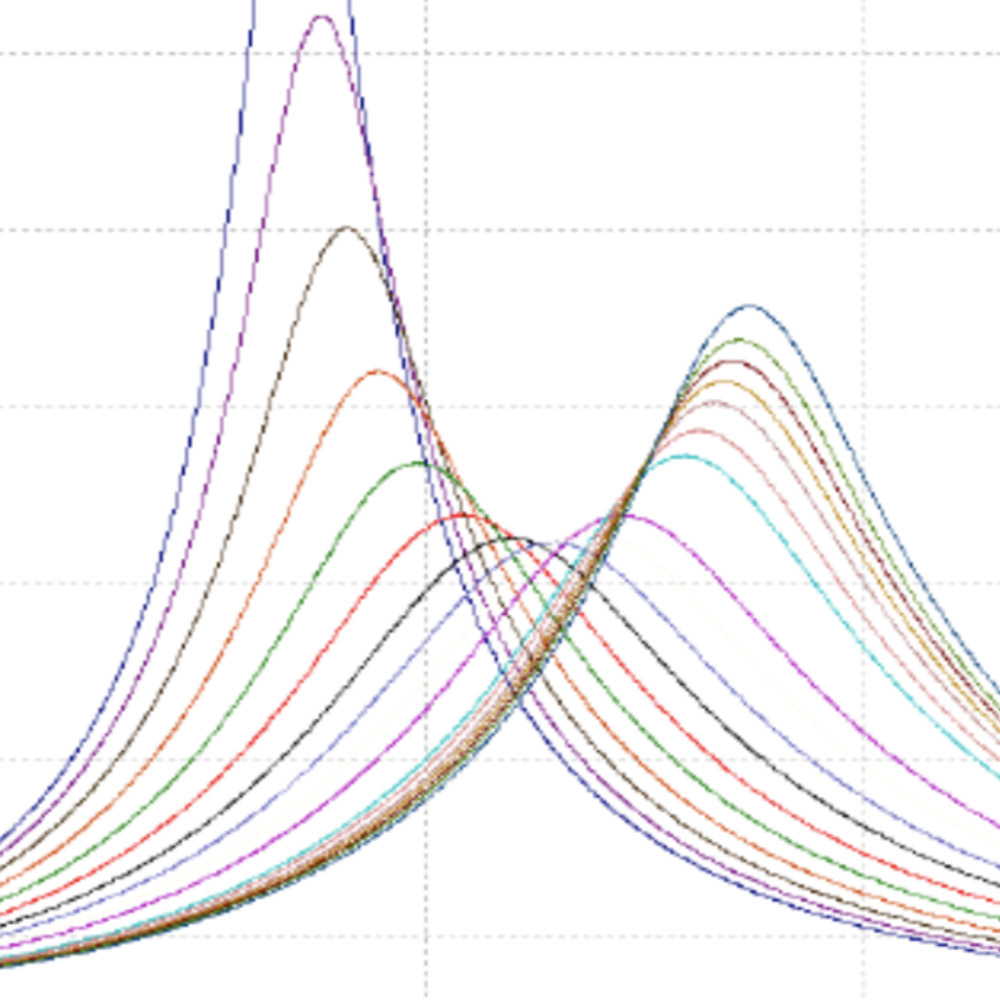Abstract
This paper dealt with the theoretical and experimental dynamic behaviour of laminated glass. The developments are based on the contrasted plate model (Boutin and Viverge 2016) that accounts for the high contrast of mechanical properties between the glass layers and the soft viscoelastic interlayer through the additional kinematic variable describing the sliding between the glass layers. This yields an analytic tri-Laplacian representation that encompasses (i) the shear related to the sliding within the PVB, (ii) the local bending of each glass layer, and (iii) global bending of the whole laminate. In dynamics it is shown that three types of bending waves exist, two being evanescent and one being propagating. This enables the determination of the modes of laminated glass plates submitted to different boundary conditions. The energy balance enables to assess the local dissipation of the PVB, which results in the damping of the modes. This approach is compared to vibration tests performed at temperatures ranging from 30 to 50°C. The influence of the PVB on the eigen frequencies and on the damping is clearly evidenced. A good qualitative correspondence with the theory is obtained.
Published
Issue
Section
Numerical Modeling & Experimental Validation
License
Copyright (c) 2020 Claude Boutin, Kevin Viverge

This work is licensed under a Creative Commons Attribution 4.0 International License.




